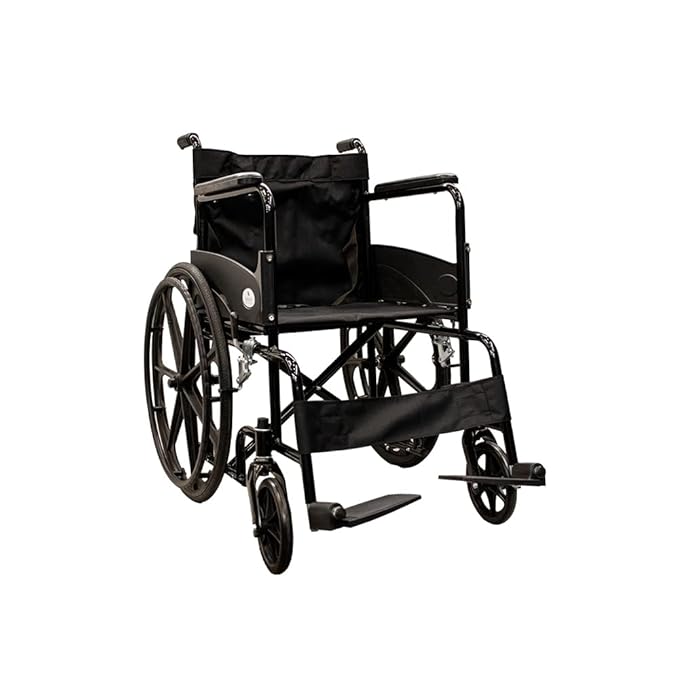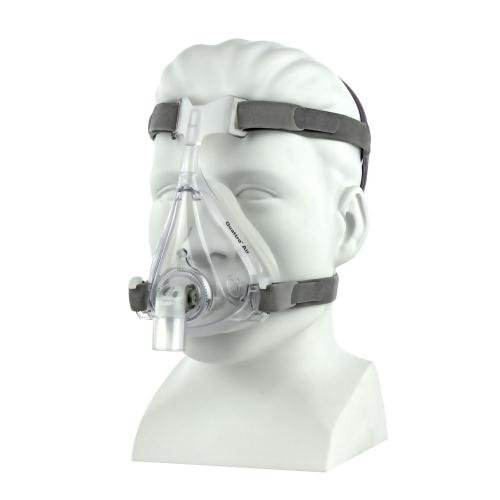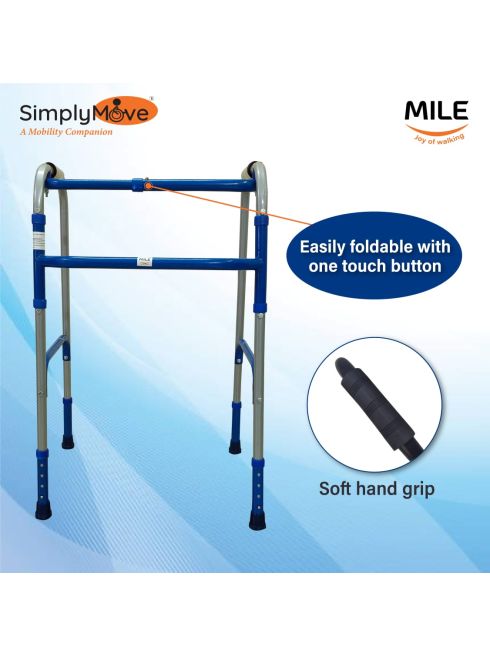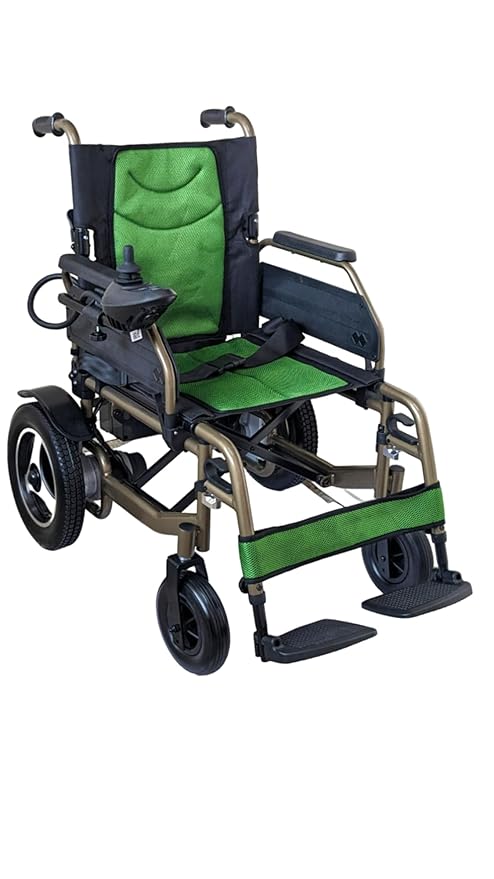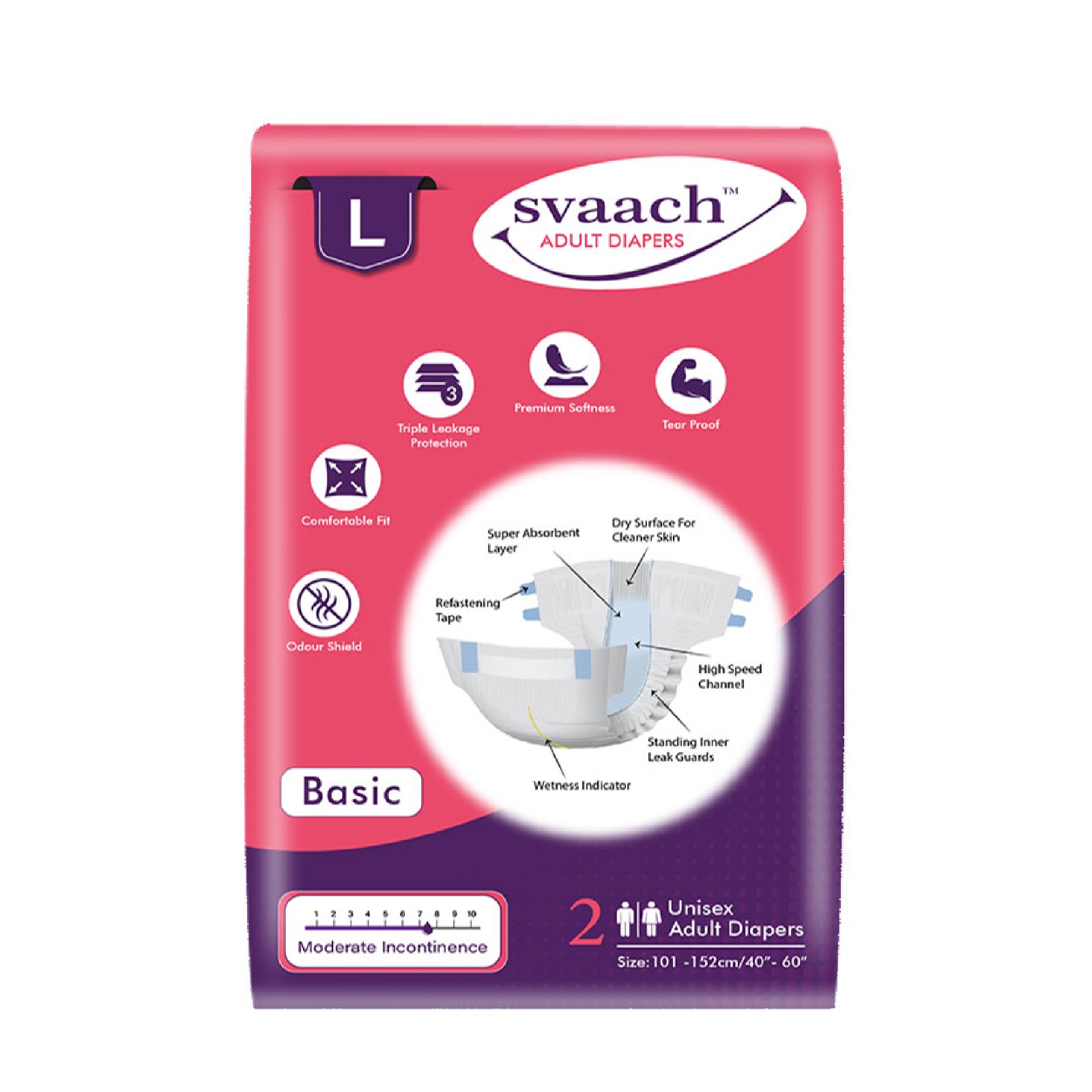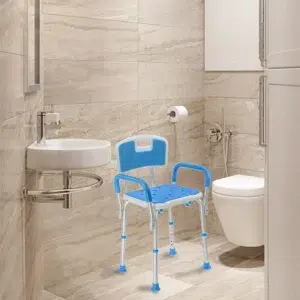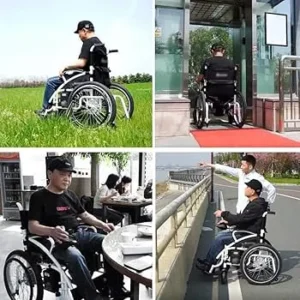Indeed, back pain affects many people at some point in their lives. Plus, the current numbers don’t lie about it. In 2020 alone, according to data, the prevalence rate of lower back pain in high-income North America was 10,500 per 100,000 population.
Back pain can severely disrupt your daily live, and it can range from dull aches to sharp, debilitating agony. But here’s the good news; many common back problems can improve through lifestyle changes without extensive medical treatment.
This post will give an overview of frequent back issues and then offer eight practical lifestyle tips to help you achieve a pain-free back. Follow the suggestions for better posture, workplace ergonomics, physical activity, diet upgrades, and more. Little changes can add up to significant relief. Additional lifestyle benefits from Benepass will help in better life.
Understanding back pain

Human spines are complex structures with 33 vertebral bones interspaced by flexible discs. This design allows movement while supporting the upper body. When it’s damaged, inflammation, muscle strains, or pinched nerves can cause acute pain suddenly or chronic pain lingering over months.
Common causes include poor posture, sedentary lifestyles, pregnancies, injuries, and spinal issues. While most cases aren’t severe, ‘red flags’ like loss of bowel control warrant medical care. Generally, treating back pain involves medical care and some alternative therapies. But it starts with lifestyle changes before considering medication or surgery.
Health and lifestyle changes
Take charge of your back’s optimum health today. Check out the following lifestyle changes below:
1. Correcting posture
When you slouch, your spine shifts from its natural alignment that muscles work hard to maintain. Overstretched ligaments and compressed discs lead to ouch. Correction starts with awareness. Consciously tuck your pelvis, walk tall, and rest your head back against chairs, not strained away.
Side sleeping keeps necks and backs aligned overnight. If you sleep on your back, try bending your knees over a pillow so tight muscles gently lengthen. Plush memory foam cushions could offer lower back support as well.
2. Applying ergonomics at work and home
Posture pain often comes from prolonged awkward positions overburdening back tissues. Do you hunch over a keyboard with rounded shoulders and an arched neck? Or constantly look down at your phone, squeezing vertebrae discs?
Gain relief through ergonomics. Elevate screens to eye level and pull keyboards close to avoid strain. Ergonomic chairs maintain the spine’s natural curve while you work.
When lifting heavy objects, correctly squat while keeping loads close to your body. Power up by straightening your legs, not arching your back. During household chores, take microbreaks for deep breaths with rolled-back shoulders.
3. Maintaining a healthy weight
Excess weight strains the musculoskeletal system, particularly the joints. Gaining more than 6 kg (13 lbs.) could worsen lower back pain. Controlled calorie deficits through healthier diets assist in gradual weight loss alongside metabolism-charging strength training.
First, focus on replacing overly processed items with vegetables, fruits, lean proteins, and anti-inflammatory whole grains and spices. Portion controlling comes next. Stay accountable through food journals, workout buddies for accountability, and lifestyle coaching. Small milestones keep motivation high for long-term success.
4. Prioritizing sleep and relaxation
While you rest, nutrient-rich blood flows to regenerate discs and relax tense muscles that are pulling bones out of place. High-quality mattresses alone can’t ensure restorative sleep. Unwind before bed with gentle yoga flows, breathing exercises, or equal-count meditative breaths. Inhale deeply, exhale slowly.
Calm your racing thoughts by mentally scanning and releasing tension from head to toe before bed. Make it a nightly ritual so recharging sleep becomes a habit, not a chore.
5. Engaging in physical activity
Sedentary living progressively strains injury-prone tissues. But regular, low-impact activity reverses your back’s weakness and inflexibility over time. Start with something easy to do—walk, swim, or gently stretch with modifications.
As your foundation firms, moderately challenge balance and mobility. Core-focused planks and bridges protect the spine’s stability. Use physio balls to stretch tight hip flexors and hamstrings. Cycling may also be an ideal exercise for those with lower back pain, as some people find the forward lean comfortable. It’s also less impactful to the spine than jogging.
Seek personalized guidance catering to your abilities and limitations for safe improvements. Remember, progress requires patience over months, not weeks. Celebrate your small wins.
6. Eating healthier diets
Chronic inflammation from unhealthy diets can irritate nerves, distort pain signals, and delay healing. Refined grains, fried food, alcohol excess, and sugars trigger systemic redness. Leafy greens, salmon, berries, whole grains, and anti-inflammatory superfoods like turmeric counteract by nourishing cells.
Drink plenty of fluids to stay hydrated and relieve back pain simultaneously while eating balanced macro-nutrients at regular intervals for sustained energy. Make one weekly clean-eating menu to nourish your body. Consider an elimination diet under medical guidance to identify personal food triggers.
7. Quitting vices
Smoking and heavy drinking could worsen back pain over time. Nicotine starves tissues of oxygen. Habitual drinking dehydrates and shrivels the cushioning discs in your spine. Alcohol also inflames joints and alters pain signaling.
For many, kicking bad habits is easier with support. Seek counseling, try nicotine replacements, lean on friends, or join communities. Uncover and resolve the root emotional causes fueling unhealthy habits for lasting change. With self-compassion and science-backed steps, you can overcome addiction and promote back health.
8. Managing stress
When you’re mentally or physically overloaded, your nervous system gets stuck in ‘fight or flight’ mode, continually releasing stress hormones like cortisol. This tenses muscles, spark inflammation, compromises immunity, and amplifies pain signals. It’s an exhausting cycle.
You can counter this by regularly relaxing. Go for light strolls, try calming breaths, meditate, or flow through gentle yoga poses. Journaling also helps process emotions. If anxiety or depression lingers, consult a professional for evaluations and treatment plans catered to you. Don’t tackle your mental health alone.
Additional tips
Get treatment plans tailored to you by healthcare experts. Reputable medical sites also offer science-based and customized back pain relief guidance. If you still feel pain again after treatment, contact your doctor, as this may be a recurrence of lower back pain, which affects 40% of people even post-care.
Alternative therapies like massage, acupuncture, and spinal manipulation can complement lifestyle changes when practiced by qualified specialists. Discuss trying these methods with your doctor to see if they may benefit your back.
As you age, prioritize your health more, especially on your joints and back. Adults aged 65 and up—alongside women, non-Hispanic white adults, and people with lower incomes—are likelier to experience back pain.
In Conclusion
The right lifestyle modifications can treat the underlying causes of common back problems, often more effectively than pain pills or injections alone. Start by consistently applying the eight tips outlined here and be patient with gradual improvements.
With mindful effort, you can regain mobility and live ache-free even if back pain runs in your family or you sit all day. Consult medical professionals about any persistent or worsening discomfort. A healthy spine supports your overall well-being, so invest in healthy back habits now to stay active and energized as you age.



